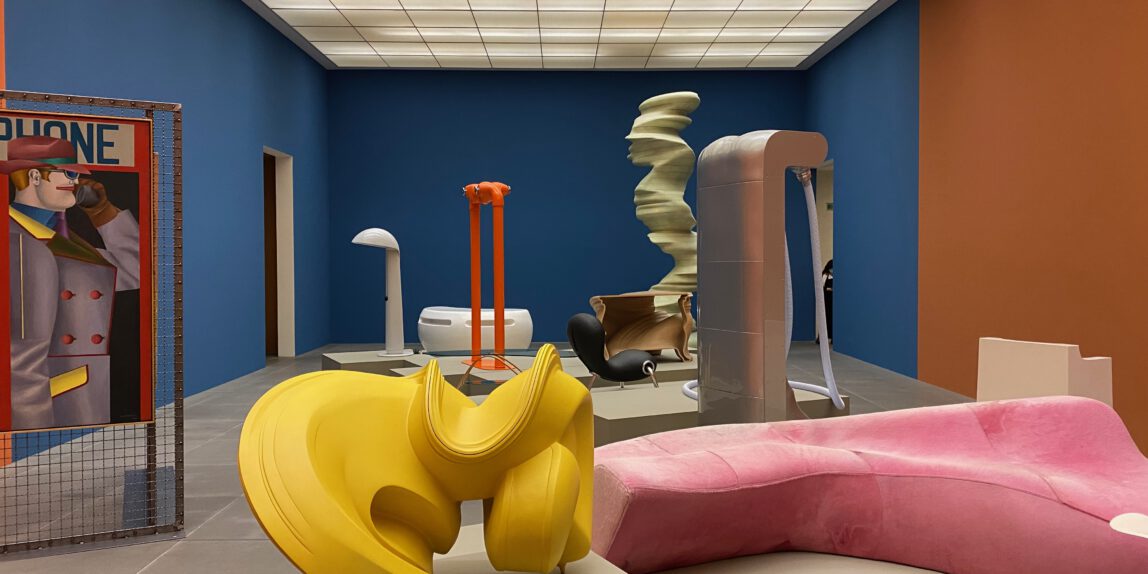Volker Staab is a German architect who was born in Bonn in 1957. He is the founder and principal of the architecture firm Volker Staab Architekten, which is based in Berlin and has completed a number of high-profile projects in Germany and beyond. Staab studied architecture at the Technical University of Braunschweig, where he graduated in 1985. After working for several years in various architecture firms, he founded his own practice, Volker Staab Architekten, in 1991. Since then, the firm has become known for its innovative and context-sensitive approach to architecture, with an emphasis on creating public buildings that are both functional and aesthetically pleasing. Some of Volker Staab's most notable projects include the extension to the Berlinische Galerie, the Academy of Fine Arts in Munich, the Visitors Center for the German Bundestag in Berlin, and the Neues Museum Nürnberg, as you mentioned earlier. His work has won numerous awards, including the German Architecture Prize, the European Union Prize for Contemporary Architecture, and the DAM Prize for Architecture in Germany. In addition to his architectural practice, Volker Staab has also been involved in teaching and research. He has taught at several universities in Germany and abroad, including the Technical University of Braunschweig, the Berlin University of the Arts, and the Harvard Graduate School of Design. He has also served as a visiting critic and lecturer at numerous institutions, and his writings on architecture have been widely published.
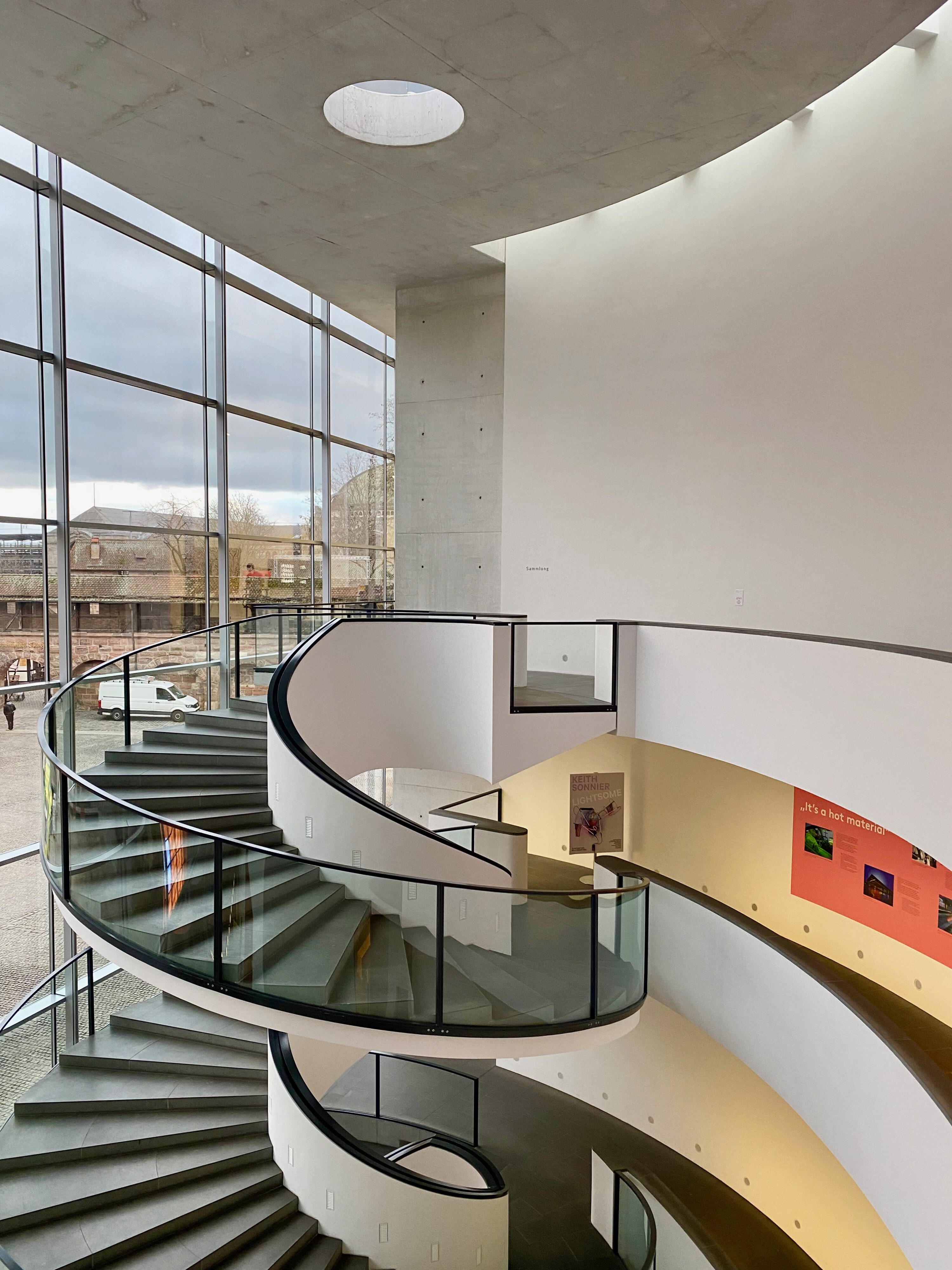
Neues Museum Nürnberg is a contemporary art an design museum in Nuremberg, showing painting, sculpture, photography, video art and installations from the 1950s to the present day. The museum building was designed by the Berlin-based architecture firm Volker Staab Architekten and opened to the public in 2000.
The architecture of the Neues Museum Nürnberg is characterized by its simple and functional design, which is intended to emphasize the art on display. The building’s facade is made of white limestone, and its rectangular shape is broken up by a series of angled, vertical slits that allow natural light to filter into the galleries. The interior of the museum is organized around a central courtyard, which serves as a gathering space for visitors and provides access to the galleries.
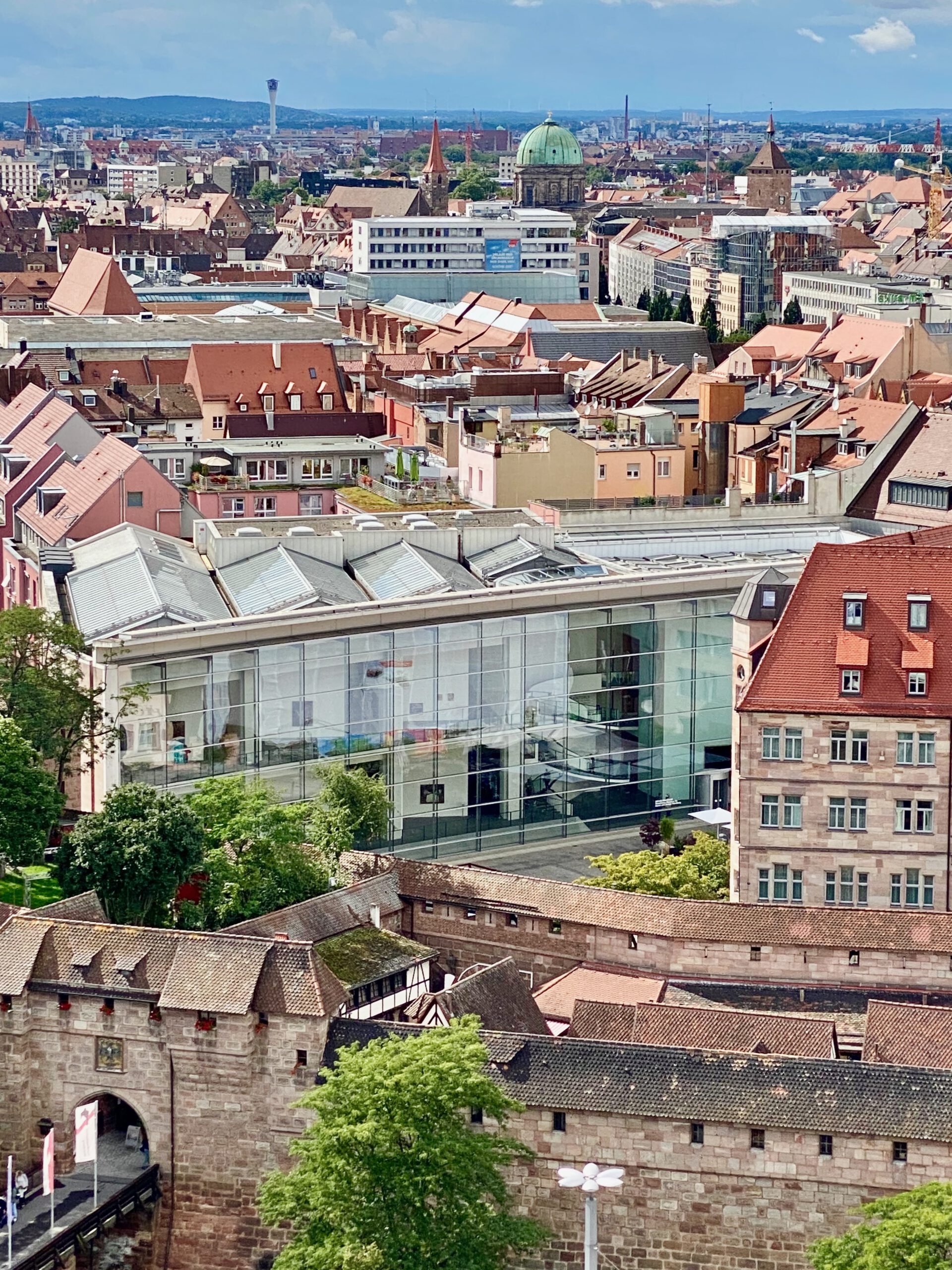
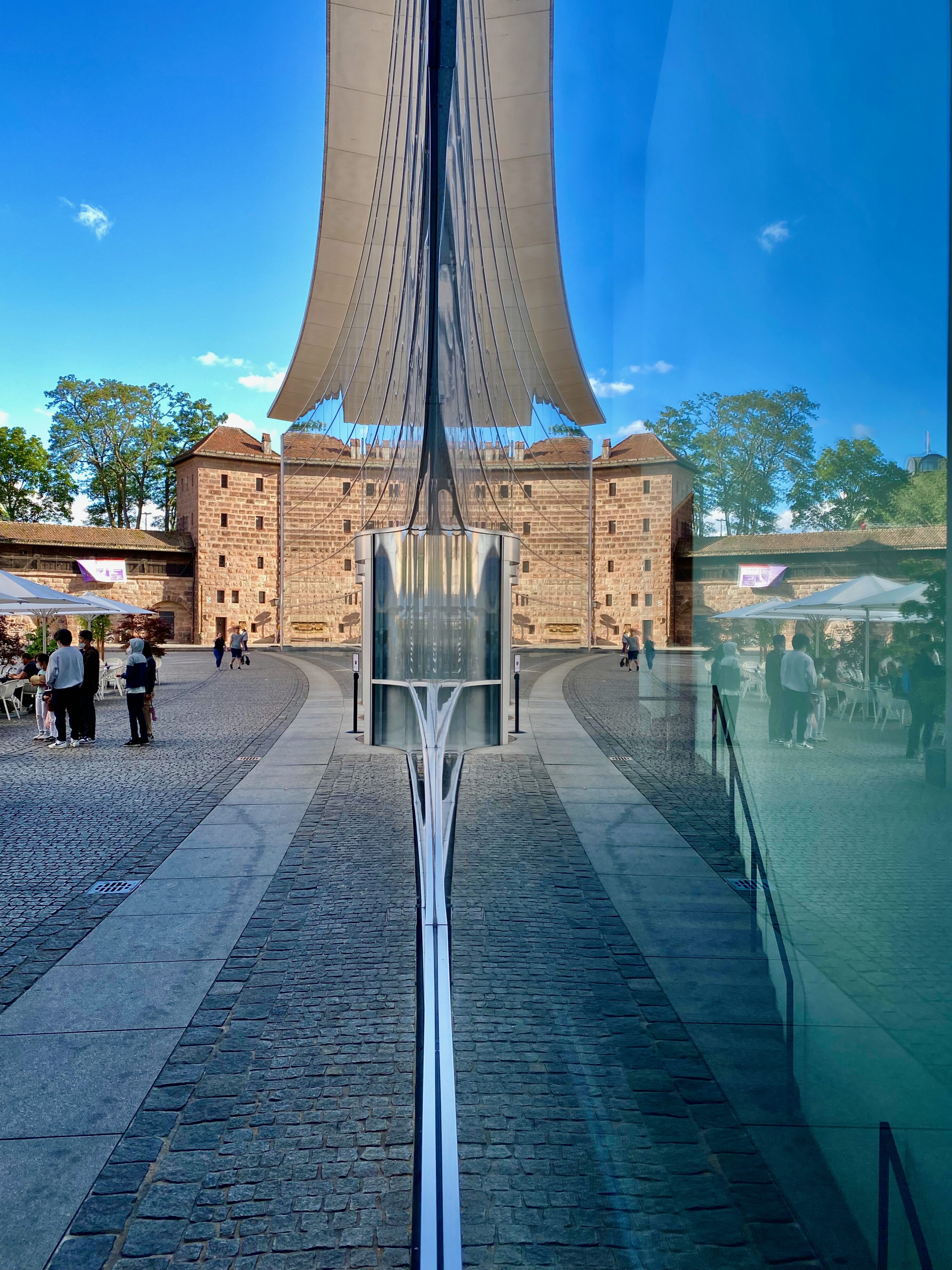
The Great Glass Facade of the Neues Museum Nürnberg is a striking and modern architectural feature that is an important element of the museum’s design. The facade is composed of a series of large glass panels that cover the front of the building, creating a dramatic and transparent entrance that invites visitors inside.
One of the key features of the Great Glass Facade is its energy efficiency. The glass panels are designed to maximize natural light while minimizing heat gain, helping to reduce the museum’s energy consumption and environmental impact.
The facade also serves an important function in terms of the museum’s exhibition design. The large, open entrance space created by the glass panels provides a flexible and adaptable environment for displaying large-scale works of art and installations, as well as hosting events and public programs.
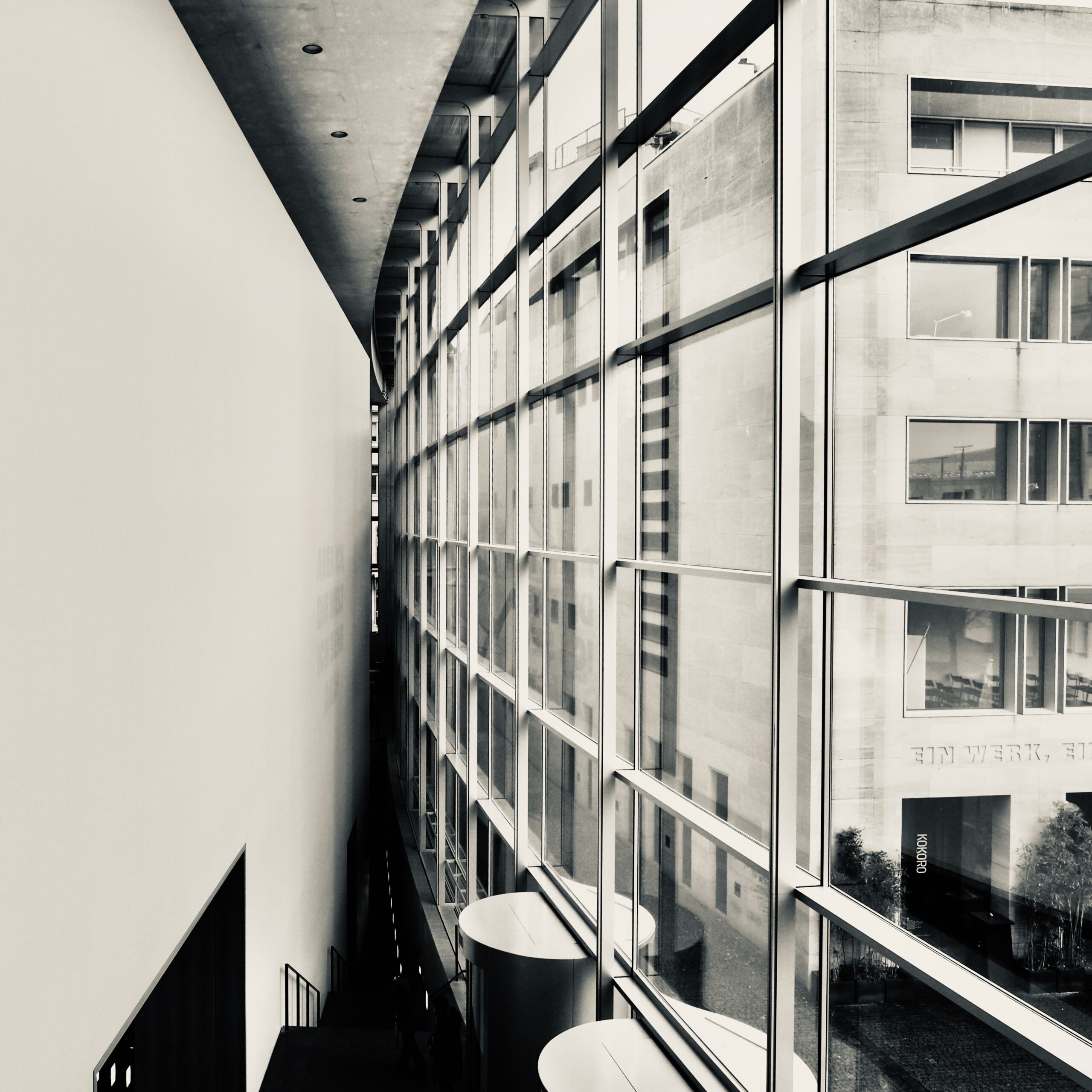
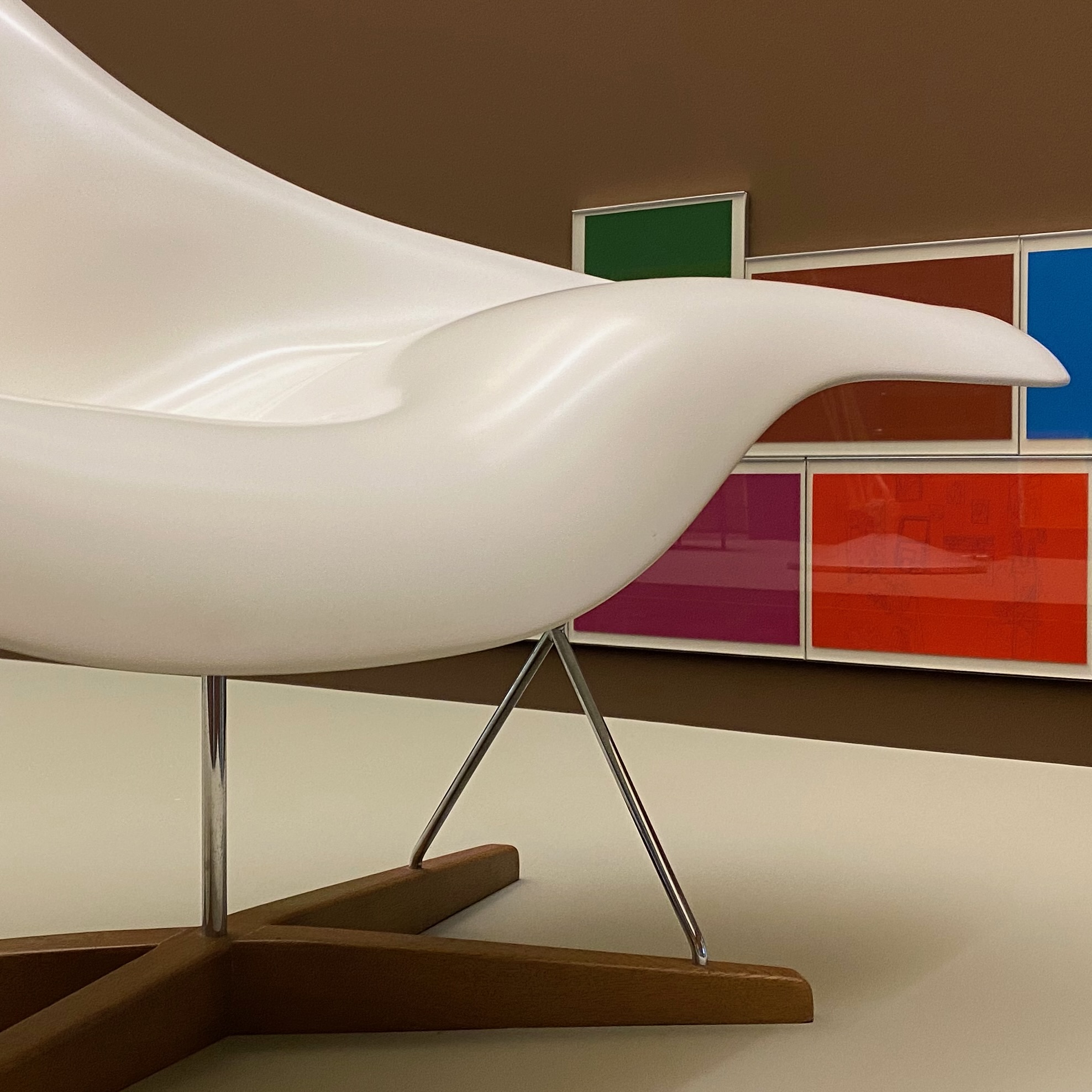
Art and design staged in awe-inspiring surroundings – Neues Museum is an outstanding contemporary piece of architecture with urban flair right in the heart of Nuremberg’s historic center.
The Hexagonal Water Pavilion in front of the Neues Museum in Nuremberg was designed by the Danish artist Jeppe Hein.
Jeppe Hein is known for his interactive and site-specific installations that engage visitors in playful and sensory experiences. The Hexagonal Water Pavilion was no exception, with its series of interconnected hexagonal rooms filled with water and illuminated with colored lights.
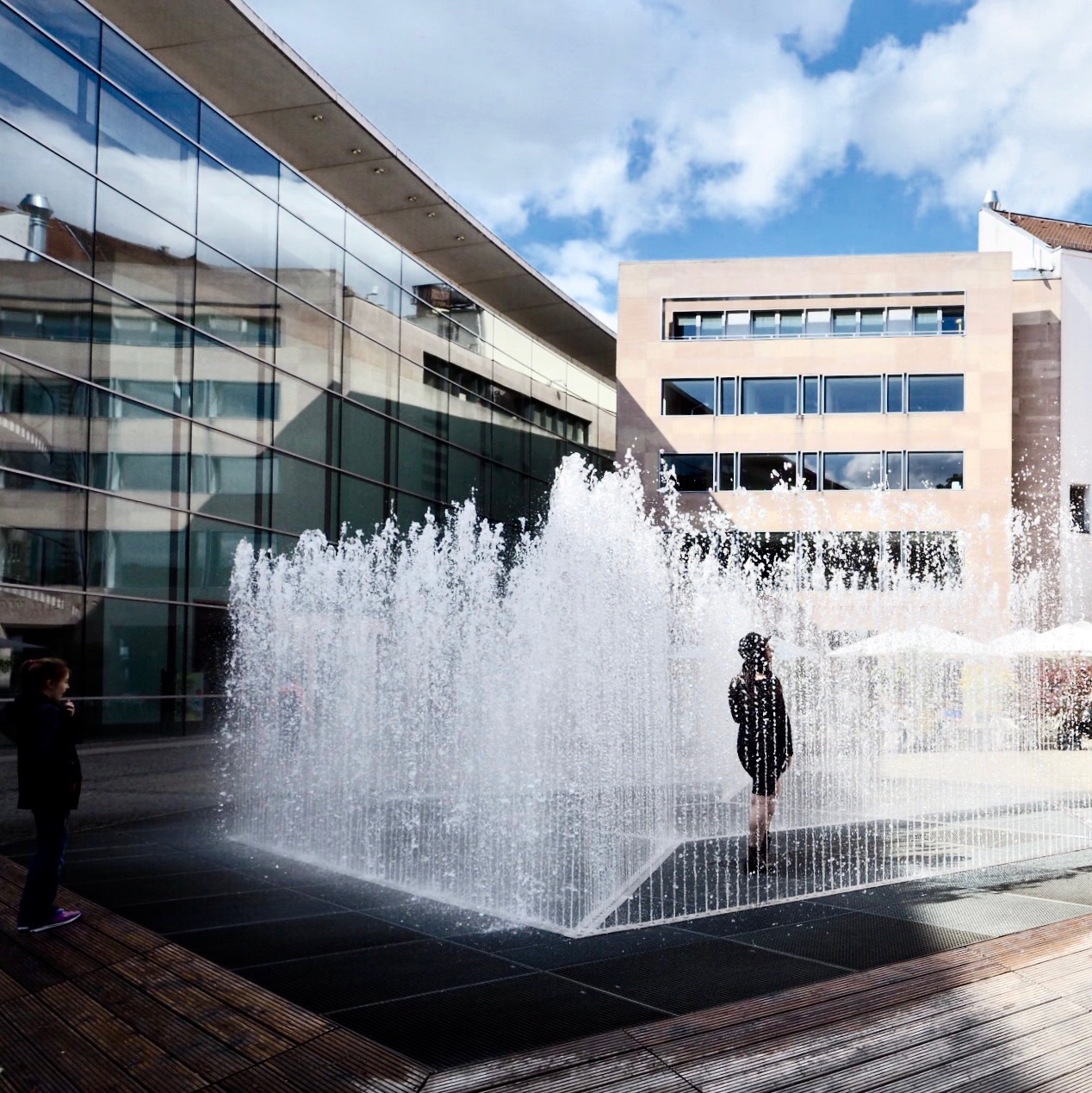

The installation was created as part of the Nuremberg Art Festival in 2013 and was located in front of the Neues Museum. The pavilion was intended to complement the museum’s contemporary architecture and to create a dialogue between art, architecture, and nature.
Visitors to the pavilion were invited to walk through the rooms and experience the changing colors and reflections created by the water and the light. The installation was designed to be a sensory experience that evoked the feeling of being immersed in a natural environment
